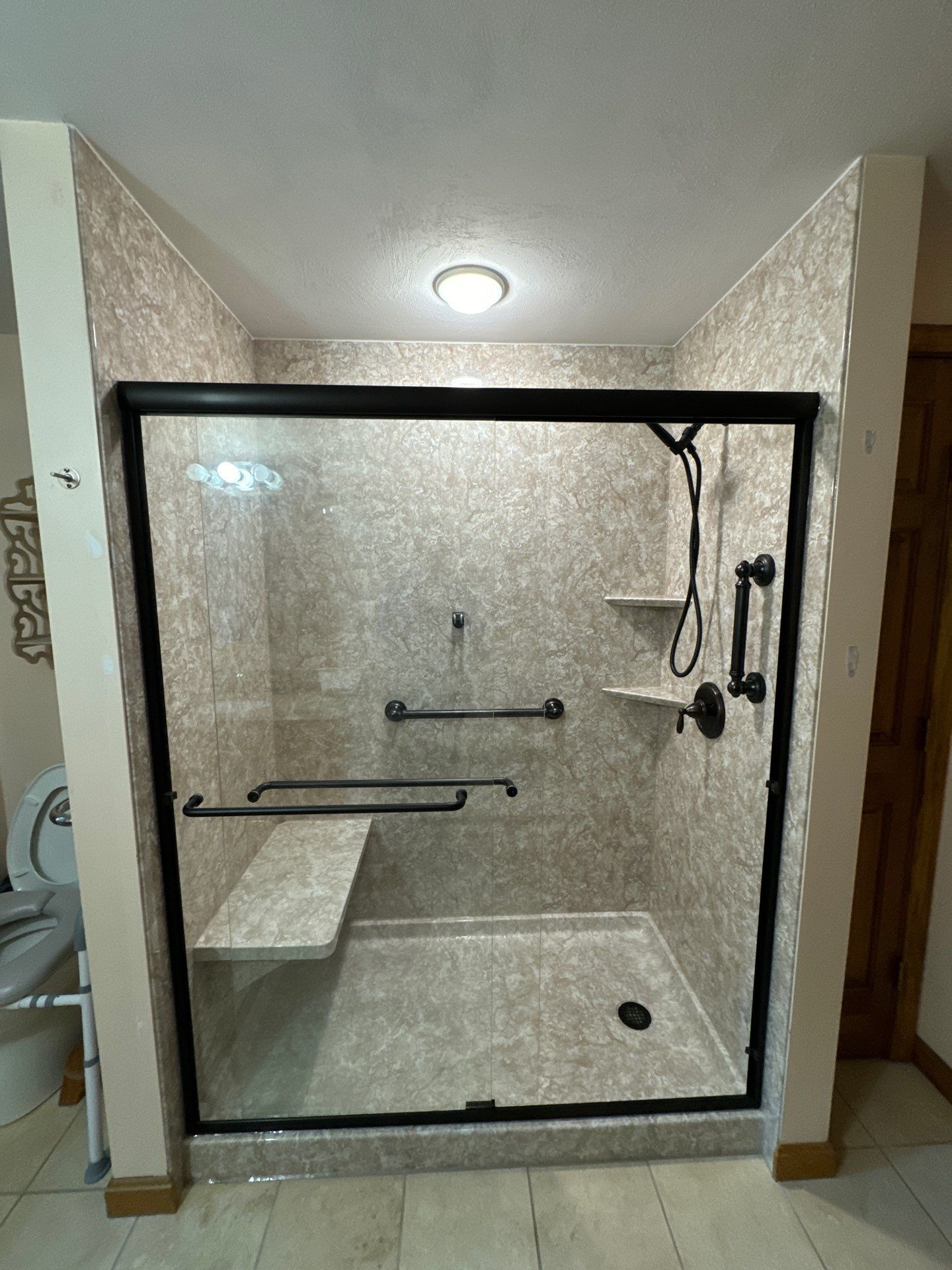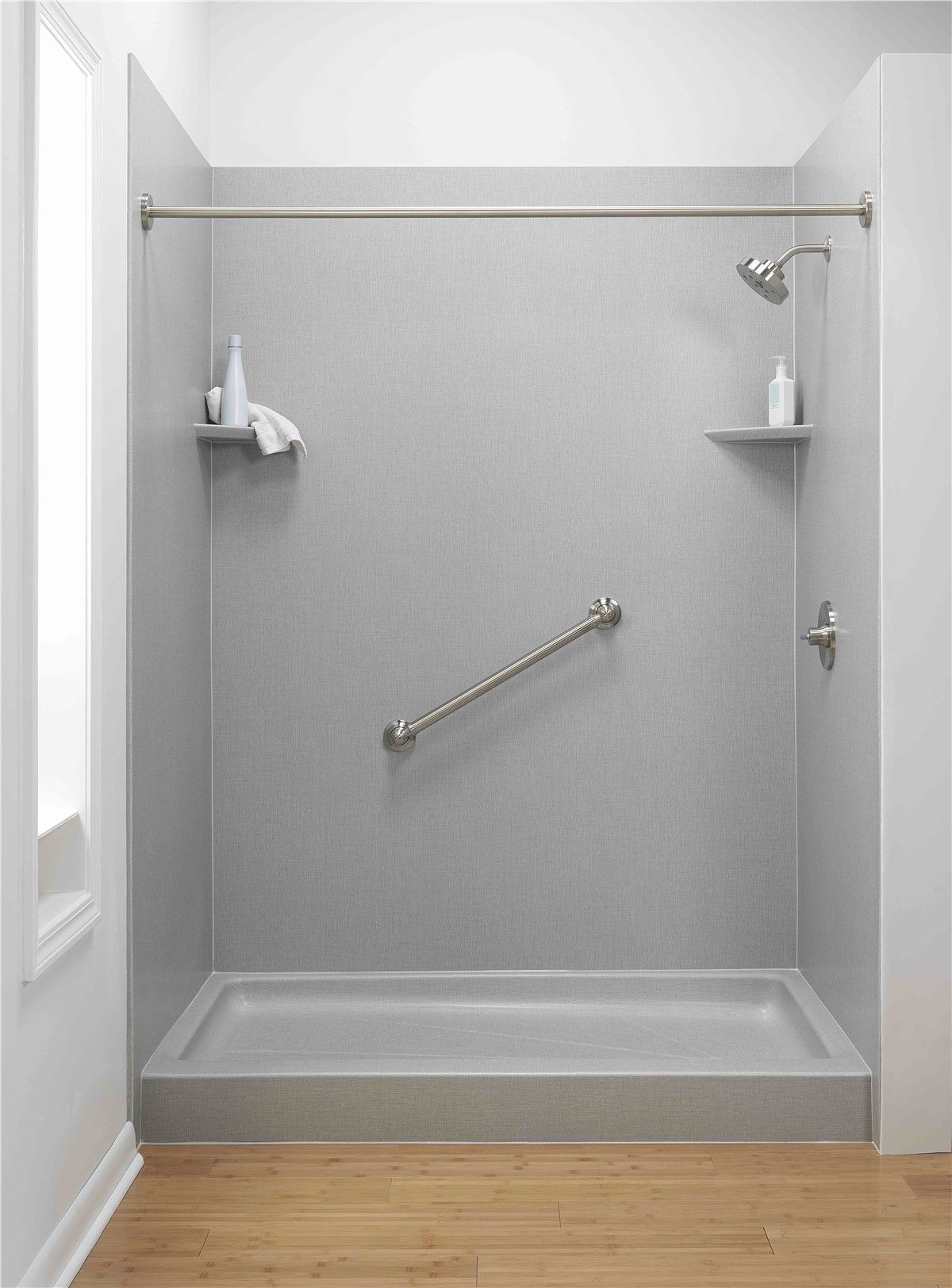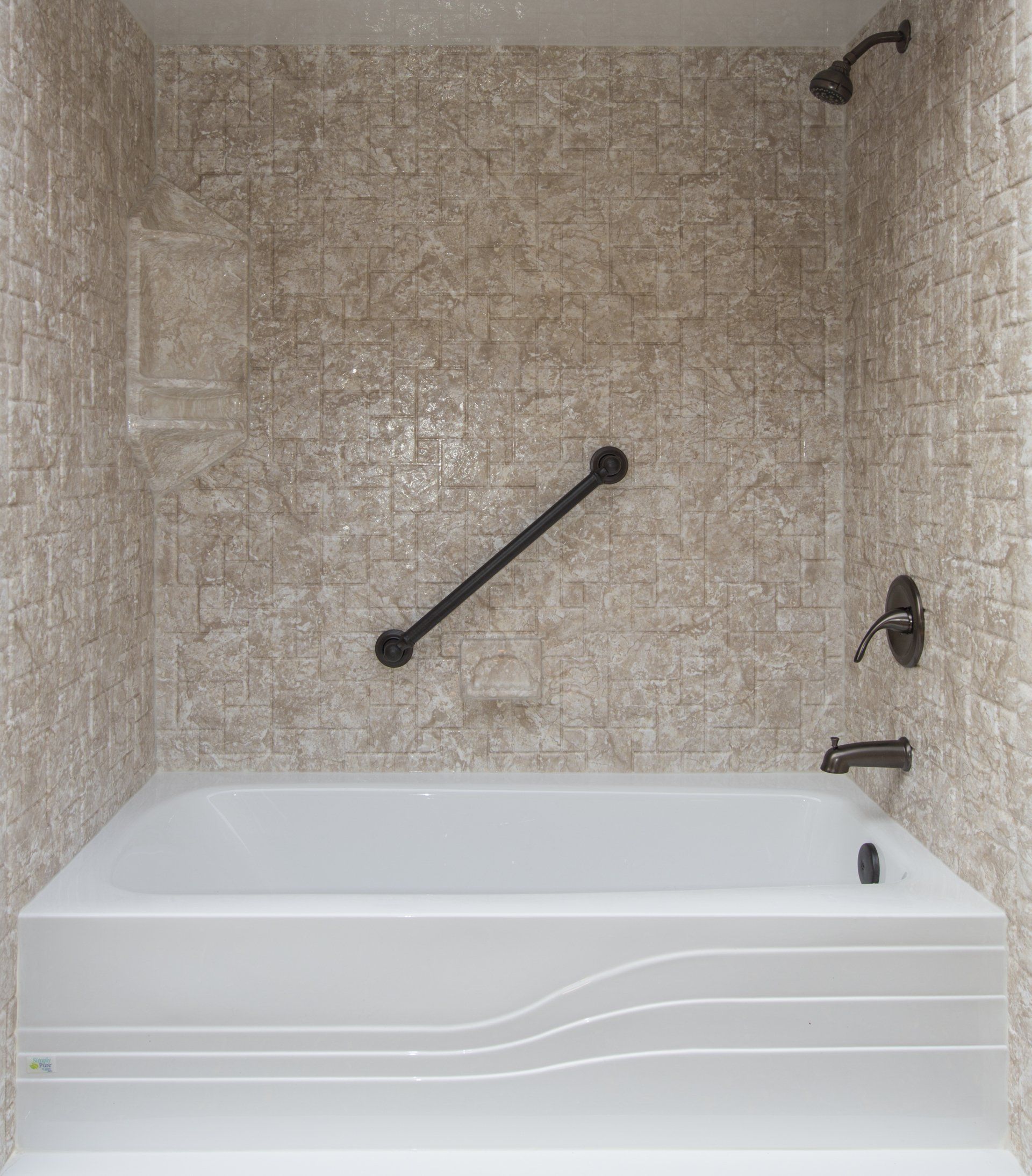Making Your New Hampshire Bathroom Safer with a Walk-In Shower
Bathroom safety is a significant concern, especially for households with elderly members or individuals with mobility issues. In New Hampshire, where the blend of historical homes and modern living demands both functionality and style, walk-in showers are becoming a sought-after solution for safer, more accessible bathrooms.
Benefits of Walk-In Showers
- Ease of Access The primary advantage of walk-in showers is their ease of access. Unlike traditional bathtubs that often require stepping over a high side, walk-in showers are almost flush with the floor, dramatically reducing the risk of slips and falls.
- Adaptability Walk-in showers can be equipped with numerous safety features such as grab bars, anti-slip flooring, and benches. These features not only make showers more accessible but also provide peace of mind for users and their families.
- Aesthetics and Space Switching to a walk-in shower can transform the look of a bathroom, giving it a modern, open feel. Additionally, the absence of a bathtub creates more visual space, making even smaller bathrooms appear larger and more inviting.
Planning and Installation
- Assessment of Space First, assess whether your bathroom layout can accommodate a walk-in shower. This might involve consulting with a contractor who can provide options based on the existing space.
- Choosing Materials Selecting the right materials is crucial for safety and durability. Slip-resistant tiles, quality glass doors, and sturdy fixtures are recommended to enhance safety and aesthetics.
- Professional Installation The importance of professional installation cannot be overstated. Experienced contractors familiar with New Hampshire building codes and standards should be engaged to ensure a safe and efficient installation.
Safety Features to Consider
- Grab Bars Installing grab bars in strategic places within the shower area provides extra stability and support, helping prevent accidents.
- Shower Seat A built-in shower seat is not only a comfort feature but also a safety enhancement, allowing users to rest comfortably and securely during showering.
- Handheld Shower Heads These allow for better control and accessibility, making it easier to shower while seated or without moving around too much.
- Threshold and Drainage A minimal threshold is ideal for easier access, and effective drainage helps prevent water from pooling, which can lead to slips.
Common Questions
- Cost: The cost varies based on size, materials, and complexity of installation. A basic walk-in shower installation in New Hampshire can range from $3,000 to $8,000.
- Installation Time: Depending on the project scope, it can take anywhere from a few days to a couple of weeks.
- Customization: Walk-in showers offer a range of customizable options in terms of size, materials, and safety features.
- Recommended Dimensions: Typically, 36 x 36 inches is a standard size, but it can be adjusted based on available space and user needs.
- Maintenance: Regular cleaning with mild, non-abrasive cleaners is recommended. Also, check periodically for leaks or tile issues.
Walk-in showers are not just a safety feature but a lifestyle upgrade that enhances the aesthetics and functionality of your bathroom. Consulting with New Hampshire-based bathroom remodeling experts can help you design a solution that fits your specific needs and safety requirements, improving not just your bathroom but your overall quality of life.
Blog






